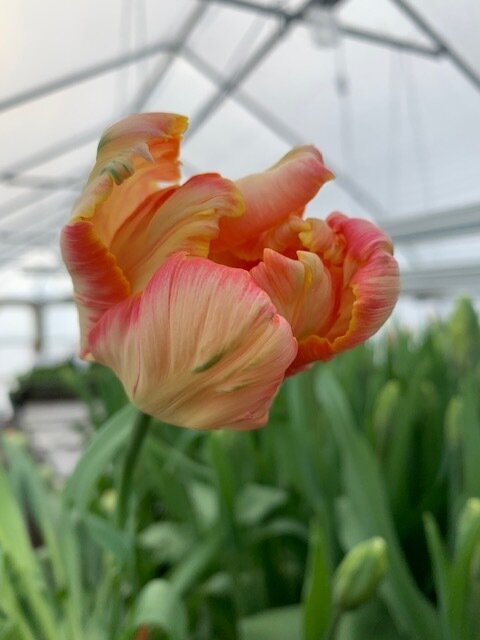toxic pesticide residues seen in florists
On the sustainability front, a scientific study identifying the occurrence of toxic pesticides in the urine of Belgian florists has gained publicity following the Valentine’s Day holiday. Prior to the holiday, an article exposing the use of glyphosate (RoundUp) on imported flowers was circulating widely in our industry. These kinds of articles are worrying but, unfortunately, they only confirm what many people in the conventional flower industry already know— because their bodies are feeling it or have been feeling it for years. In 2018, Greenpeace Netherlands put 4 common bouquets through the paces and found them to contain an astounding 43 different pesticides.
Instead of using those chemicals, we adjust the nutrition (organically) of our plants to make them more healthy and less vulnerable to pests. Lately, we’ve focused on KNF (Korean Natural Farming) techniques. Next, we employ a fleet of beneficial insects to eat the bad bugs when they pop up. Below left, a ladybird beetle hunts for aphids on an ‘Apricot Parrot’ tulip this morning. (An open ‘Apricot Parrot’ tulip is on the right.) On the rare occasion that our beneficial insects (ladybird beetles, praying mantis, green lace wings, and/or assassin bugs) can’t manage a pest infestation, we apply an OMRI (organic for food consumption) approved, plant-derived pesticide as an absolute last resort. These diluted sprays are a last resort, because they can also affect beneficial insect populations and must only be used at times of day when the good predator insects are least active.


